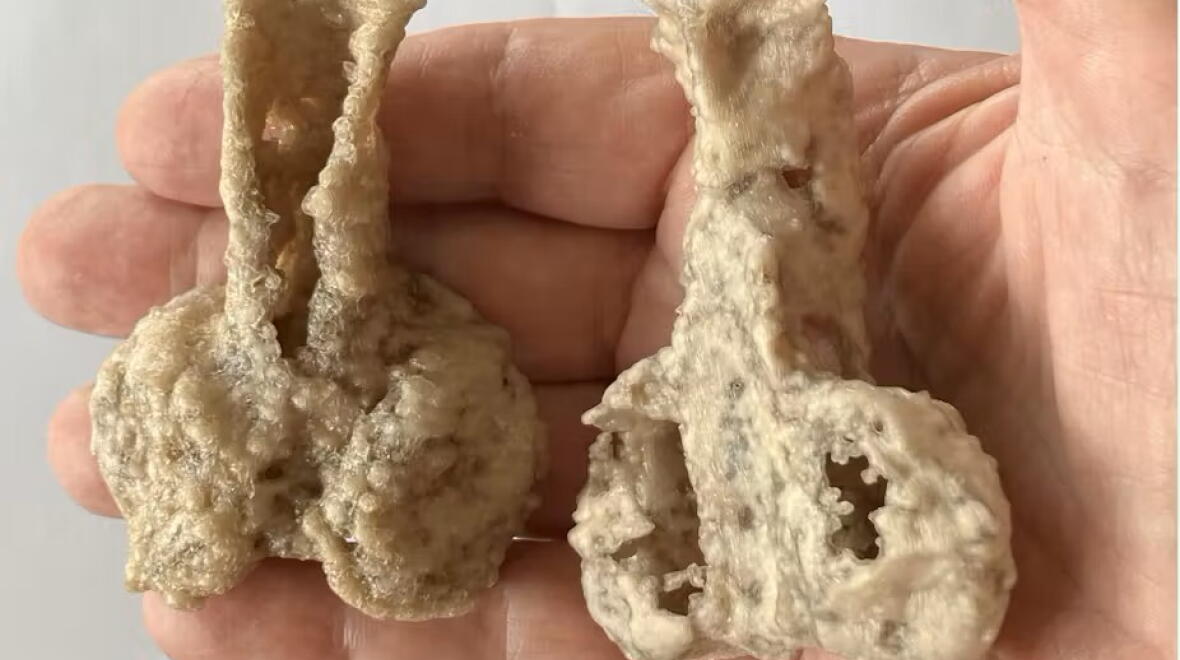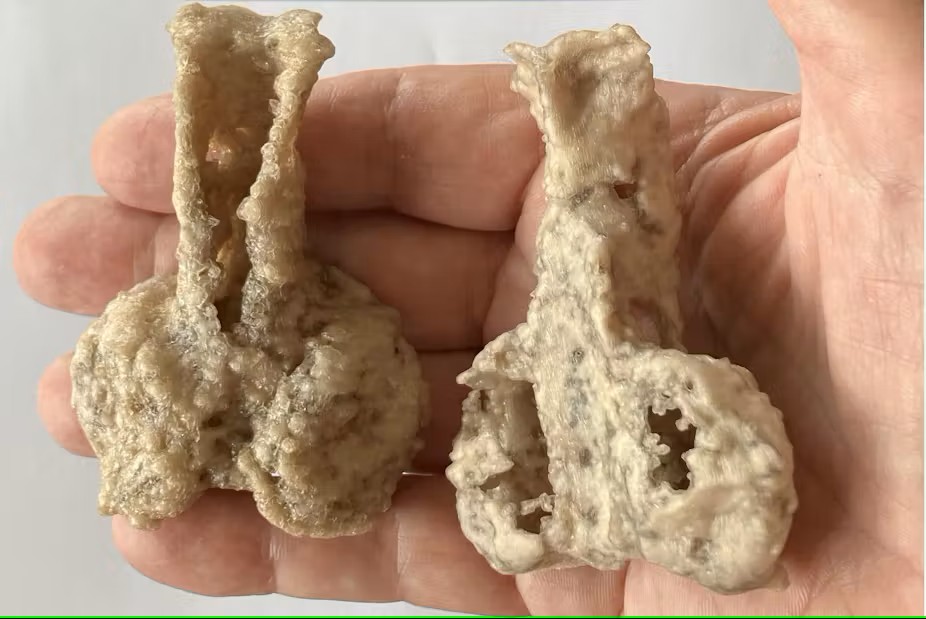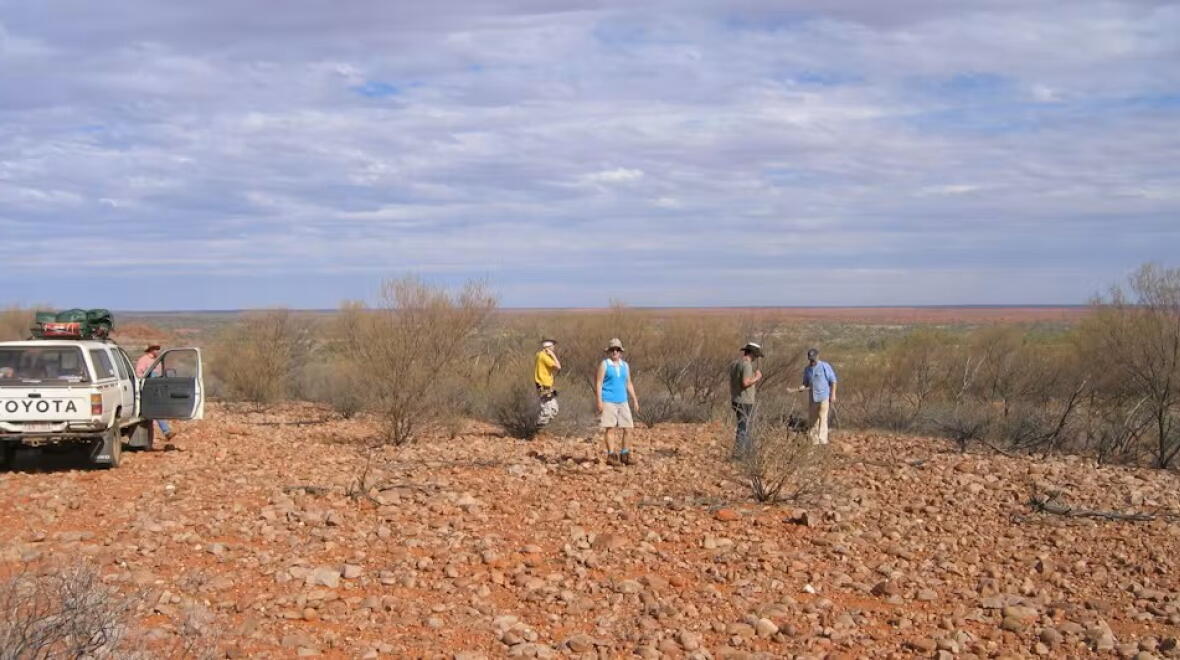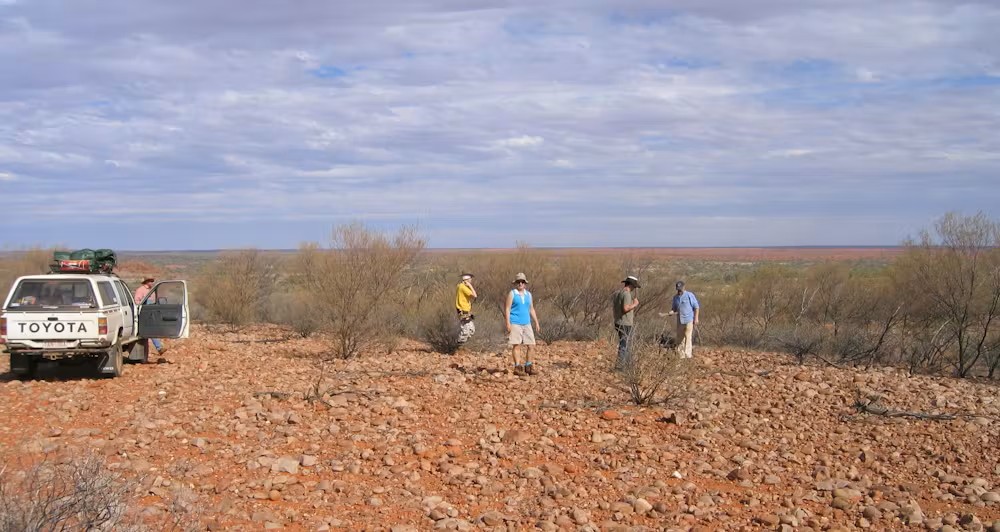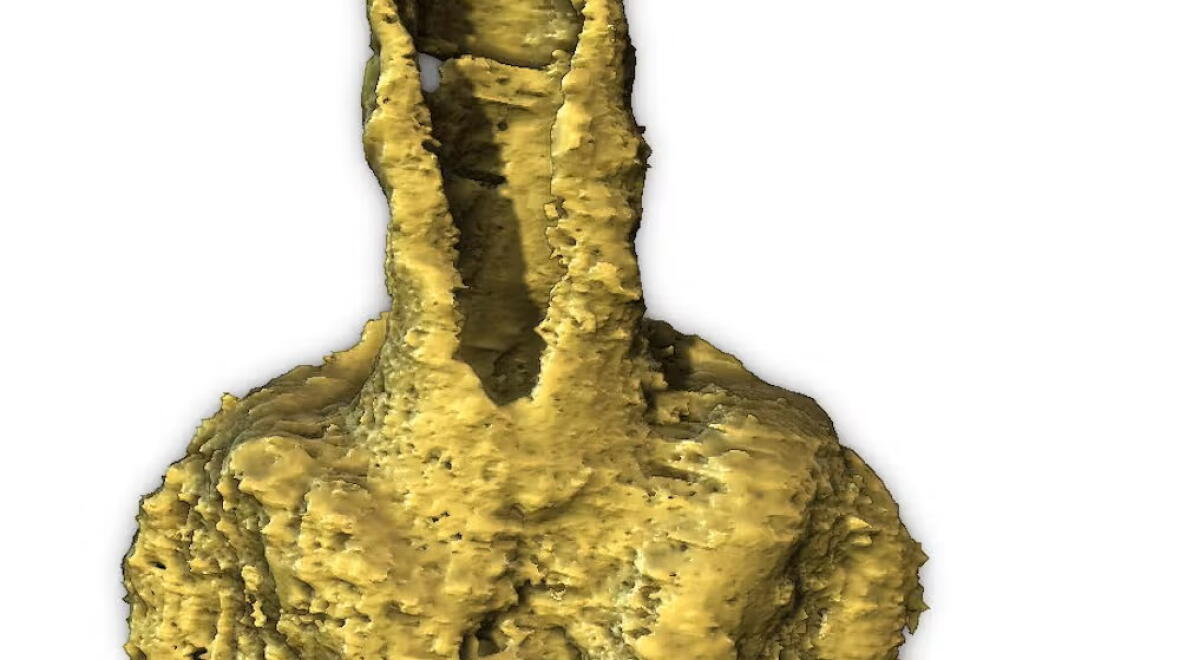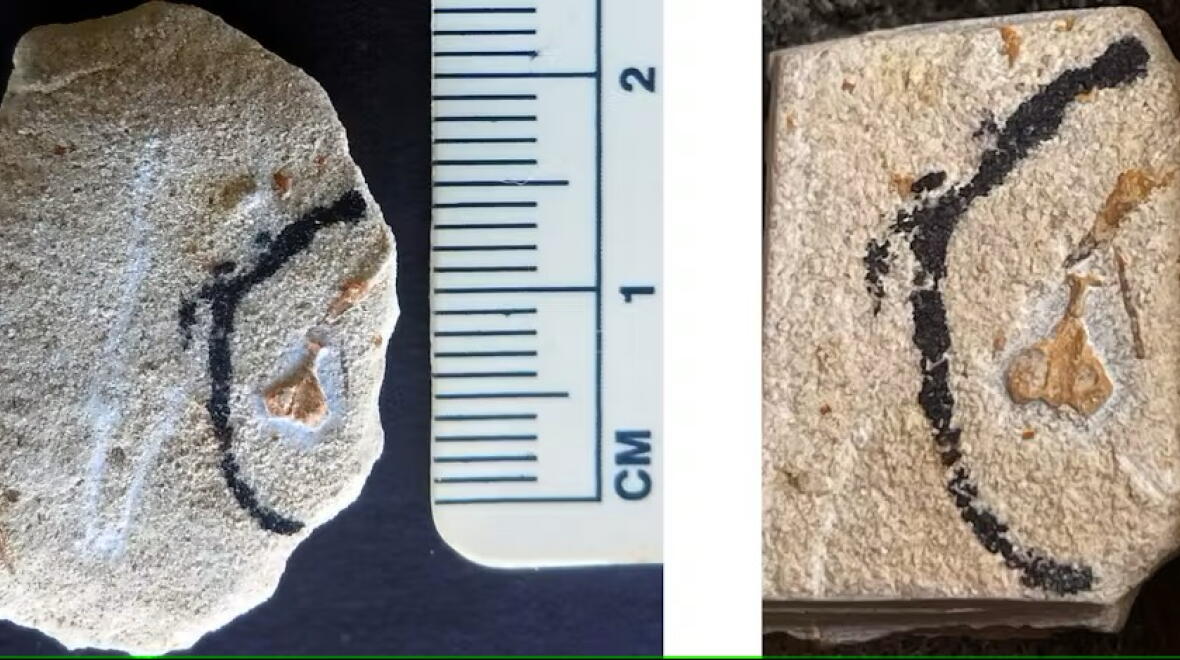The Queensland Palaeospondylus
The story of discovery of our new Queensland species, Palaeospondylus australis, began in 1977.
In the 1960s, geologist Reg Sprigg had predicted oil and gas beneath the northern Simpson Desert. The Bureau of Mineral Resources was conducting seismic surveys and microfossil sampling across the Georgina Basin, immediately to the north.
Microfossils are tiny fossils that can only be studied with a microscope, but are crucial to determining the age of the rock. Numerous sedimentary rock samples are collected, preferably limestones, because these can be dissolved in acid. The insoluble microfossils can then be identified and studied in the acid residues.
In 1977, I collected bits of limestone from an obscure gully in the Cravens Peak Beds, the sandstone forming the main ridge of the Toomba Range. Surprisingly, these produced a rich collection of Devonian fish microfossils. This was the first evidence that an arm of the sea had extended into central Australia during the Early Devonian (about 400 million years ago).
In the 2000s, palaeontologist Carole Burrow at the Queensland Museum was investigating the internal structure of Devonian fish microfossils to assist in dating the rocks.
In the Cravens Peak samples, she noticed some distinctively shaped, tiny elements composed of an unusual honeycomb-like tissue. Carole hypothesised this could be a new species of Palaeospondylus, the only record from outside Scotland.
So, in 2006, we organised another field trip to this remote location.
Returning to the Queensland Museum after our field trip, Carole’s colleague from the Netherlands, palaeontologist Jan den Blaauwen, sent her new images showing similar honeycomb-like structure in the Scottish Palaeospondylus gunni.
Carole was acid-etching the newly collected samples so she could extract any microfossils. Luckily, she noticed a slightly larger specimen appearing on the rock surface (although still tiny, only about 3.6 millimetres long). It was highly interesting because it seemed bilaterally symmetrical.
Could this be a braincase (the bony capsule inside the skull that encloses the brain)? She immediately stopped acid etching before it disintegrated into crumbs.
